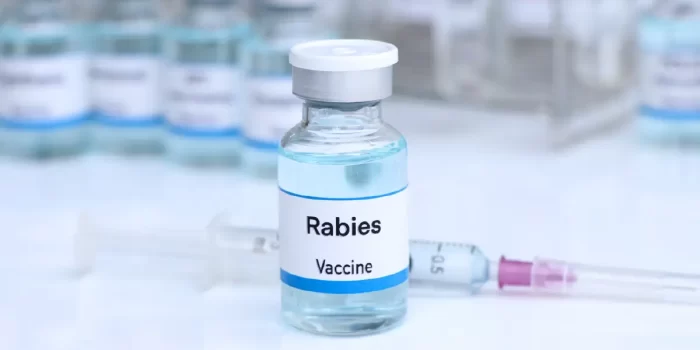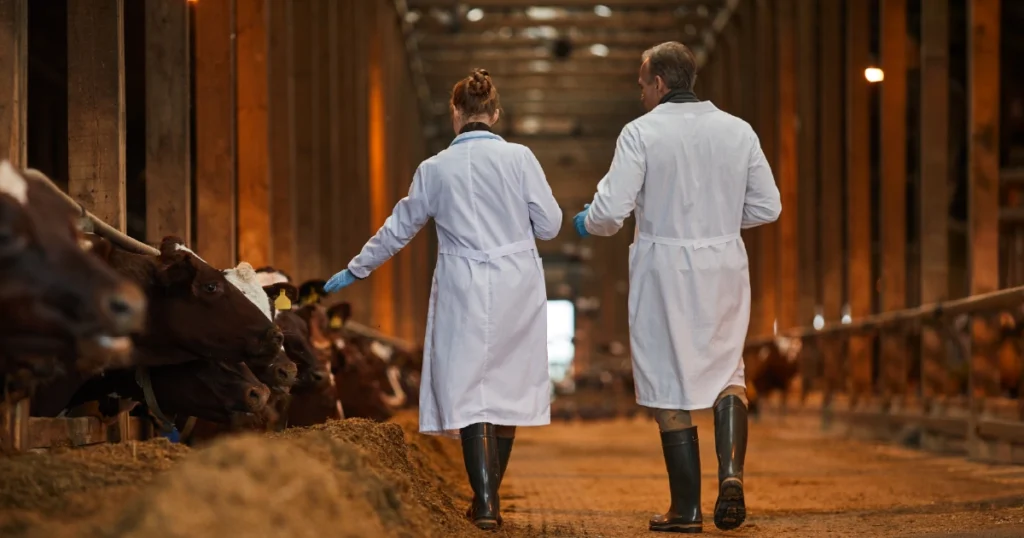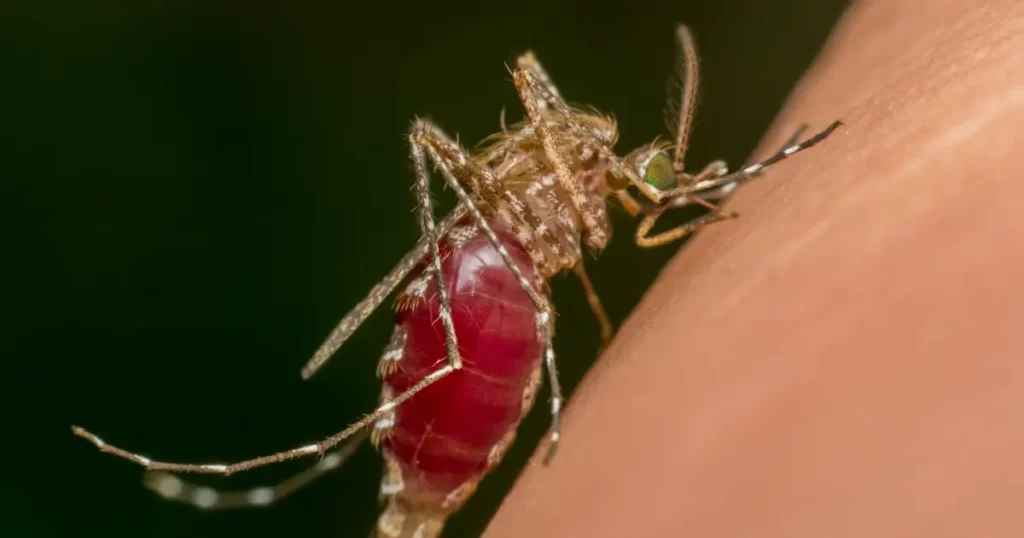Introduction
Rabies prevention is a critical component of veterinary and public health. As a zoonotic viral disease, rabies affects the central nervous system of mammals and is nearly 100% fatal once clinical symptoms appear. Veterinarians play a pivotal role in mitigating rabies transmission through vaccination programs, exposure management, and education. This article explores essential rabies prevention strategies tailored for veterinary professionals.
You're viewing a members-only article.
To keep reading, please log in or join the One Health Society.
Stay connected to exclusive insights, expert commentary, and opportunities to collaborate across the fields of human, animal, and environmental health.
Already a member? Log In
New here? Join the One Health Society - become One
Reservoirs and Transmission in Animals
Rabies is maintained in two primary transmission cycles: urban rabies (domestic dogs as reservoirs) and wildlife rabies (various wild species). The principal reservoirs vary by region:
- Domestic Dogs: The leading source of human rabies in Asia and Africa.
- Bats: Significant carriers in the Americas, transmitting the virus to humans and animals.
- Foxes, Skunks, and Raccoons: Common reservoirs in North America and Europe.
- Mongooses: Predominantly found in the Caribbean and parts of Africa.
The virus spreads primarily through infected animal bites, but non-bite exposures, such as scratches or mucosal contact with saliva, can also lead to transmission. [1]
Pathology and Clinical Signs in Animals
After exposure, the rabies virus replicates at the entry site before invading the central nervous system via retrograde axonal transport. The infection progresses through distinct phases:
- Incubation Period: Ranges from weeks to months; asymptomatic phase.
- Prodromal Phase: Early non-specific signs, including behavioral changes and fever.
- Furious Rabies: Aggression, hyperactivity, and hypersalivation.
- Paralytic Rabies: Progressive paralysis, leading to death within 7-10 days. [2]
Rabies Prevention and Control in Animals
Vaccination Programs
Routine vaccination remains the most effective rabies prevention strategy. Recommendations include:
- Puppies & Kittens: Initial dose at 12 weeks, followed by a booster one year later.
- Adult Animals: Annual or triennial boosters based on local regulations. [3]
Many countries mandate rabies vaccination for domestic pets to establish herd immunity and curb the virus’s spread.
Management of Exposed Animals
- Unvaccinated Animals: Require immediate euthanasia or strict quarantine for six months, with vaccination at entry.
- Vaccinated Animals: Administer an immediate booster and observe for 45 days. [4]
Treatment in Animals
No effective treatment exists once clinical symptoms manifest. Humane euthanasia is recommended to prevent further transmission. [5]
Rabies Prevention for Veterinary Professionals
Pre-exposure Prophylaxis (PrEP)
Veterinarians and animal handlers in rabies-endemic regions should receive pre-exposure prophylaxis (PrEP):
- Regimen: Three vaccine doses on days 0, 7, and 21 or 28. [1]
Post-exposure Prophylaxis (PEP)
Veterinary professionals exposed to rabid or suspected rabid animals must follow post-exposure prophylaxis (PEP) guidelines:
- Unvaccinated Individuals: Four doses (days 0, 3, 7, 14)+ Rabies Immunoglobulin (RIG) on day 0.
- Vaccinated Individuals: Two doses (days 0 and 3); no RIG required. [2]
Common Animal Transmitters of Rabies
Veterinarians should be aware of regional rabies reservoirs:
- Domestic Dogs: Primary source of human rabies in developing regions.
- Bats: Major carriers in the Americas.
- Foxes, Raccoons, Skunks: Common transmitters in North America and Europe.
- Mongooses: Reservoirs in the Caribbean and Africa. [3]
First Aid for Animal Bites
Veterinarians handling suspected rabid animals must follow strict first-aid protocols:
- Wound Cleaning: Wash the wound with soap and water for 15 minutes.
- Apply Antiseptic: Use iodine-based solutions or alcohol.
- Seek Medical Attention: Initiate PEP as soon as possible. [4]
Time to Seek Care After Rabies Exposure
Veterinarians exposed to rabies should seek immediate medical care. PEP is most effective when administered within 24 hours of exposure. [5]
Global Rabies Distribution and Control
Rabies-Endemic Regions
- High prevalence in Africa, Asia, and Latin America, where domestic dogs are primary vectors.
- Wildlife reservoirs contribute to outbreaks in North America and Europe. [1]
Rabies-Free Countries
- Regions such as Western Europe, Canada, Australia, Japan, and New Zealand have eradicated or controlled rabies through vaccination programs and animal control efforts. [2]
Scientific Classification of Rabies Virus
- Family: Rhabdoviridae
- Genus: Lyssavirus
- Scientific Name: Rabies lyssavirus. [3]
Conclusion
Rabies prevention is paramount for veterinary professionals. Through routine vaccination, early recognition of clinical signs, and appropriate post-exposure measures, veterinarians can mitigate the spread of this fatal disease. Awareness of WHO guidelines for PrEP and PEP is essential in safeguarding public health and protecting those at high risk.
References
- World Health Organization (WHO). 2018. Rabies vaccines: WHO position paper – April 2018. Weekly Epidemiological Record. Available from: https://www.who.int/publications/i/item/who-wer9316.
- Centers for Disease Control and Prevention (CDC). Rabies in animals. Available from: https://www.cdc.gov/rabies/index.html.
- Fooks, A. R., et al. 2017. Rabies. Nature Reviews Disease Primers. Available from: https://www.nature.com/articles/nrdp201791.
- Hemachudha, T., et al. 2002. Human rabies: a disease of complex neuropathogenetic mechanisms and diagnostic challenges. The Lancet Neurology. Available from: https://doi.org/10.1016/S1474-4422(02)00041-8.
- Jackson, A. C. 2013. Rabies: scientific basis of the disease and its management. Elsevier. Available from: https://www.elsevier.com/books/rabies/jackson/978-0-12-396547-9.













